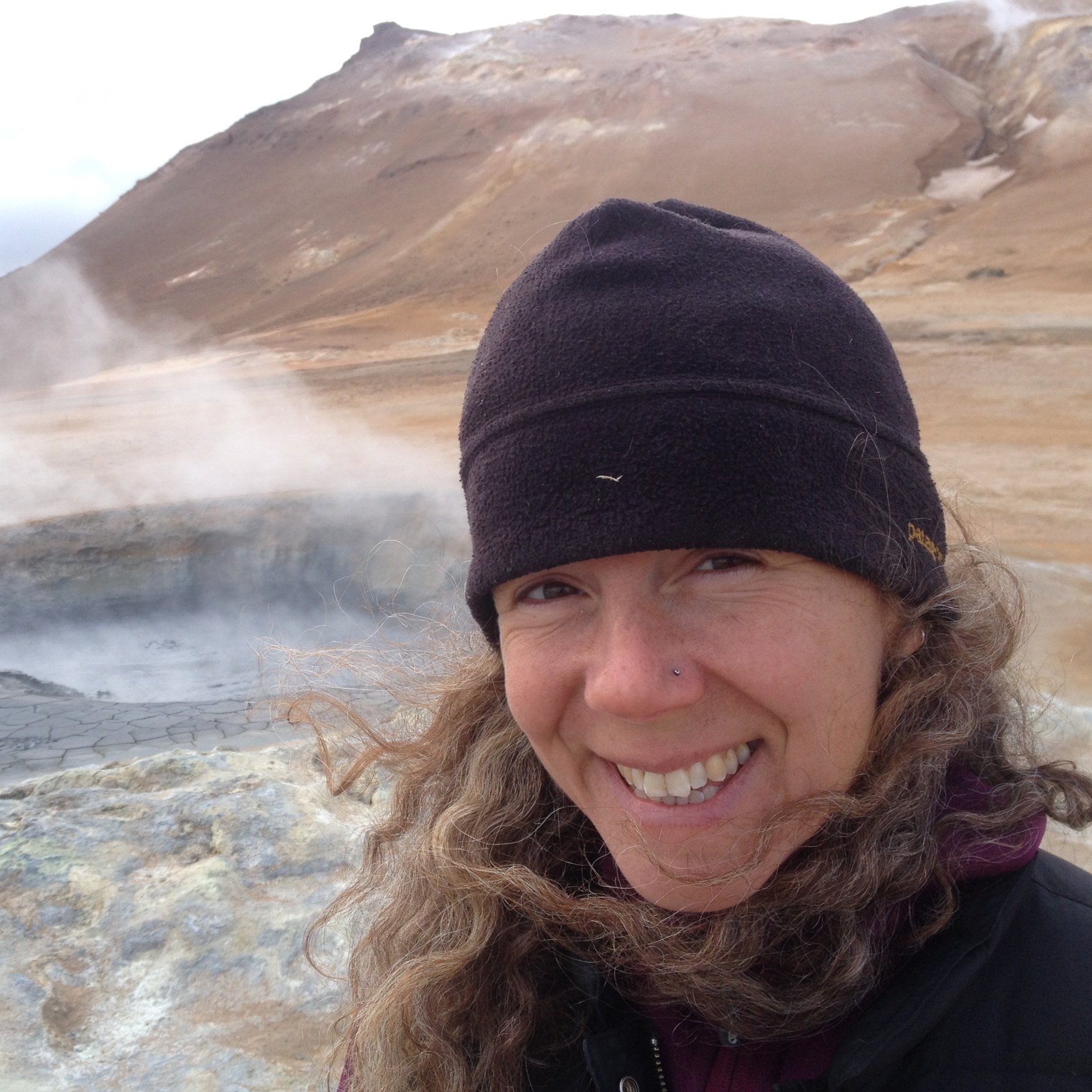STORY COLLIDER PRESENTS: SCHOODIC INSTITUTE
The Story Collider is proud to be hosting a free show in partnership with the Schoodic Institute.
The Story Collider will present five stories from scientists working in and around Acadia National Park, who share their personal connection to their science.
Hosted by Nisse Greenberg and Devon Kodzis.
Stories by:
Melina Giakoumis is a PhD candidate in Biology at the City University of New York. She uses genomics, field surveys and ecological modeling to study marine invertebrates in the Atlantic Ocean. In particular, Melina is interested in the population dynamics of sea stars in the North Atlantic. Melina is also a Second Century Stewardship research fellow at the Schoodic Institute, and has been working in Acadia National Park to document changes in the intertidal community. Before starting her PhD, Melina was a research technician in the genomics lab of the American Museum of Natural History in New York, where she sequenced the DNA of a huge variety of species, from bacteria to whales. Melina has spent lots of time poking around in the tide pools of New England, and hopes her research can be used for the conservation of these ecosystems. Melina currently lives in Philadelphia with her husband and two dachshunds.
Matthew Duveneck is a professor in the liberal arts department at New England Conservatory where he teaches environmental science and social dance. He completed a post-doctoral appointment at the Harvard Forest where he continues to collaborate on research exploring the effects of climate and other stressors on northeastern forests. He received a Second Century Stewardship Fellowship at Schoodic Institute where he will parameterize and simulate a model of Acadia National Park under climate change. Prior to receiving his PhD, Matthew worked as both a structural and wildland firefighter including a season with the Arrowhead Hotshots in California. He continues to balance his passion for dance, teaching, and exploring questions about the natural world. Matthew and his five-year-old son have developed a series of made-up characters and stories and love telling them to each other.
Sarah Luchini is Marketing Specialist at Schoodic Institute at Acadia National Park. She is responsible for coordinating the Institute's internal and external marketing efforts to grow awareness and engagement, as well as developing and implementing marketing plans in support of the organization’s mission to inspire science, learning, and community for a changing world.
Prior to joining Schoodic Institute, Luchini worked as Lead Graphic Designer at Downeast Graphics & Printing, a print and graphics studio where she worked seamlessly in print and web-based design. Luchini holds a Bachelors of Fine Art degree from Lesley University College of Art & Design, with a background in fine art and art history. Her work has been shown in exhibitions throughout Maine, Boston, and Florence, Italy, and she has worked in art galleries in Massachusetts and along the Maine coast.
Born and raised in Ellsworth, Maine, Sarah has a passion for outdoor recreation and exploring her local landscapes. In her free time, Sarah enjoys being out on the trails hiking and biking, or paddleboarding at home with her cat, Murray (yes, Murray always wears a life vest!).
Sarah O’Malley is an Assistant Professor of Marine Biology at Maine Maritime Academy. In addition to teaching undergraduate biology and sustainability courses, she works with community members to use science to answer questions related to locally managed fisheries, including soft shell clams and river herring. As an educator she works to create a classroom where the students so excited they can’t stop talking about science, and as a scientist she’s happiest in a pair of hip waders sliding through a mud flat. On top of teaching and sciencing, she writes and produces The Essential Rhythm, a weekly five minute radio program and podcast about the intertidal zone of the northwest Atlantic Ocean. Sarah lives in Sedgwick Maine, across the street from her favorite estuary, the Bagaduce River.




